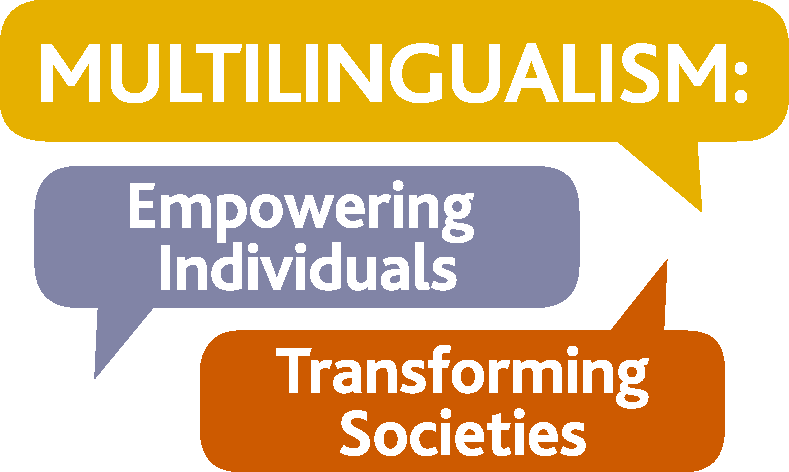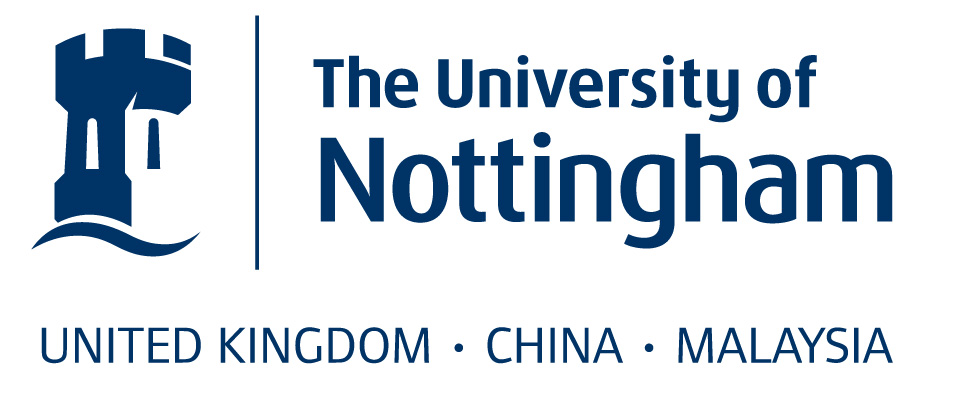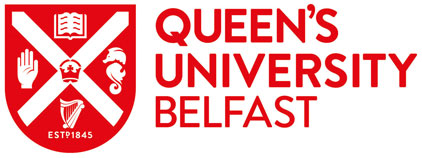“But, Miss, what’s the point?” was a perennial question propelled in my direction – often with uncompromising vigour– during my time as an MFL teacher. A vast array of arguments, many of which have been cogently rehearsed in previous blog posts, can be drawn upon to answer my students’ question; from the vocational to the cultural, the linguistic to the cognitive. But perhaps we should be seeking not only to answer the question “why bother with languages?”, but to understand what compels students to ask it in the first place. The issue, I would suggest, is that while pupils may be hearing about some of the myriad benefits of language learning, they are not experiencing these advantages first-hand. The problem is not so much that multilingual role models do not exist. Rather, it is that their stories are so infrequently told, their skills so periodically overlooked. In this vein, the task for schools and the media seems clear: make multilingual role models more visible.
So, who exactly are these multilingual role models and how can we bring their example to centre stage? Firstly, sport can serve as a unique catalyst in boosting motivation for language learning. From excellent initiatives like Double Club at Arsenal where children learn football skills and foreign languages simultaneously, to watching Roger Federer’s and Kobe Bryant’s multilingual press conferences, pupils with a passion for sport are often inspired to emulate their multilingual heroes.
Similarly, showing pupils linguistic diversity in different spheres of public life gives application to foreign languages in a way that verb conjugation (as much as I love it!) can sometimes fail to do. Seeing and hearing the multilingual voices of writers like JK Rowling, tech pioneers like Mark Zuckerberg, and politicians such as those in the new French government demonstrates the pertinence of language learning and resonates persuasively with young people. Examples of multilingual role models can be found closer to home, too. For instance, a recent initiative in which school pupils are mentored by university languages students has sparked a renewed enthusiasm for GCSE languages in Wales. Witnessing the multilingualism of students who were once in their shoes empowers pupils to speak foreign languages for themselves.
But multilingual role models needn’t be famous or older to have a profound impact on our language learners. In fact, the very best role models may well be the ones already in classrooms across the length and breadth of the country. With around one in five primary pupils and almost one in six secondary pupils speaking English as an Additional Language, the potential of EAL learners to showcase the value of multilingualism is huge, yet so often untapped. Positive stories shouldn’t consist solely of polyglots with ten languages, impressive though they are, but rather the lived experience of children in the UK who grow up speaking one language at home and another at school.
One such example was year 7 student Rani in the most recent of Channel 4’s Educating… documentary series based in Manchester. The budding camaraderie between Rani, who had recently arrived from Syria, and Jack, an English lad from around the corner, provided a compelling example of how multilingualism can enrich - rather than impede - friendship. Giving a voice to EAL learners like Rani establishes a virtuous cycle whereby multilingual children grow more confident in using their languages publically, and monolingual children aspire to replicate the multilingualism of their peers. By celebrating the linguistic repertoires of children already in our classrooms and recasting EAL in the positive light it deserves, the real benefits of multilingualism may be prominently seen, not just heard.
Note: comments are moderated before publication. The views expressed in the comments are those of our users and do not necessarily reflect the views of the MEITS Project or its associated partners.







